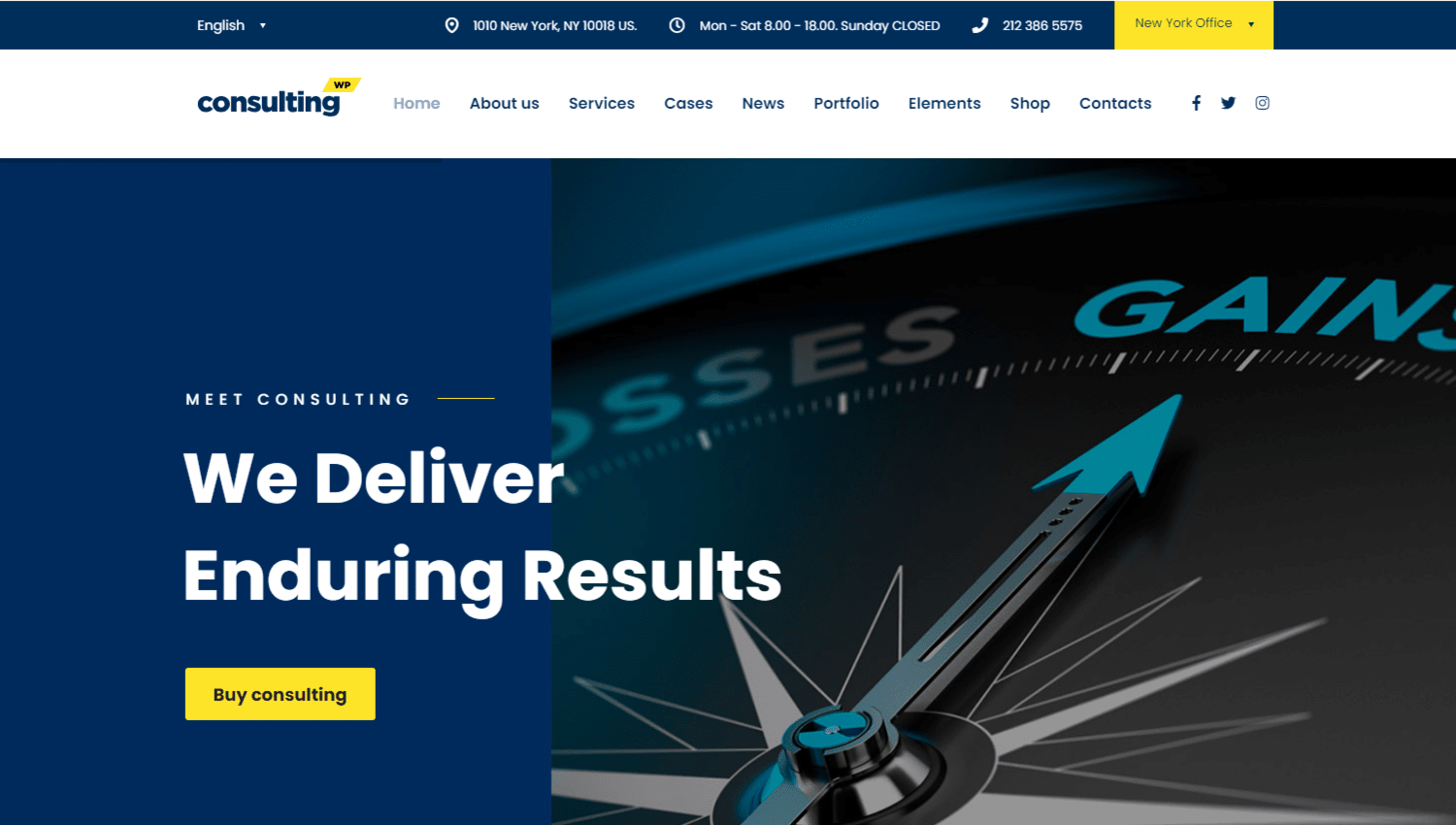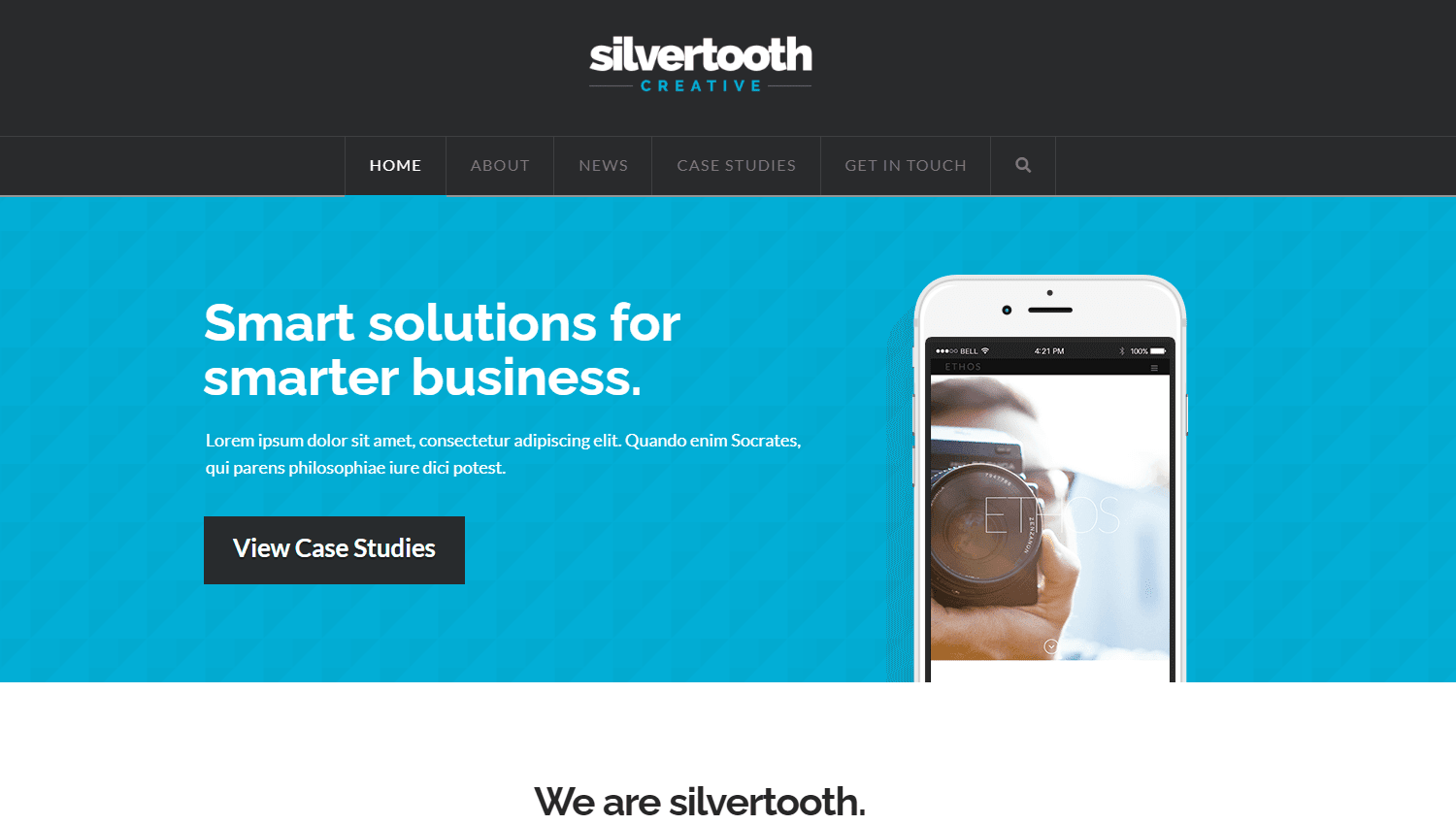






Portfolio Overview: Business websites serve as the digital face of a company, representing its brand, values, and offerings to the world. They are crucial in establishing credibility and trust with potential clients, partners, and customers. Whether you’re a small startup or a large corporation, a well-designed business website can significantly impact your success.
Objectives: The primary objective of a business website is to convert visitors into customers or clients. This is achieved by providing clear information about your products or services, showcasing your expertise, and offering easy ways to get in touch or make purchases. Additionally, a business website aims to build brand identity, share company news, and foster relationships with stakeholders.
Types of Business Websites:
Additional Information for Customer Use: A business website is more than just an online brochure; it’s a strategic tool for growth. It should be optimized for search engines (SEO) to attract organic traffic, integrate with social media to extend reach, and be mobile-friendly to cater to all users. Providing a blog or resource section can also establish your company as an industry leader, offering valuable insights and updates to your audience.
Moreover, incorporating elements like customer testimonials, case studies, and a clear call to action can significantly enhance user engagement and conversion rates. Remember, the key to a successful business website is balancing aesthetics with functionality, ensuring that visitors have a seamless and informative experience that reflects the professionalism and capabilities of your business.